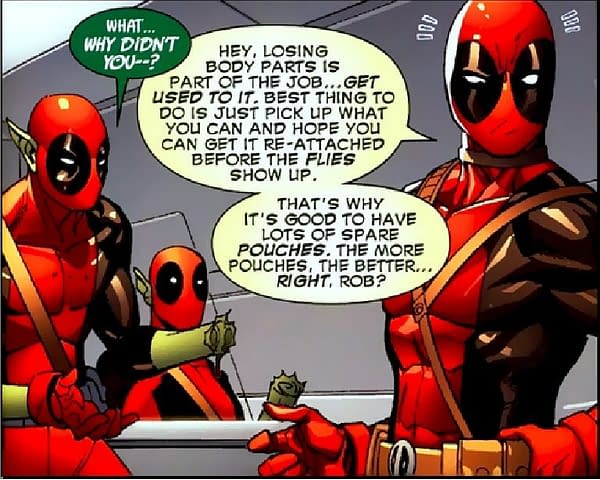Hi!
I have a new computer. The old one....it died.
I had been saving all my photos to a separate terabyte drive.
That drive will not acknowledge me.
Dang.
I will bend it to my will, but it's going to take a hot minute. In the meantime, here are some photos of hemming pants
Alright, marking hems on pants. A sewing machine and an iron was used.
Panera is not my favorite place, but their catering delivery bag is a beast and will hold a family of four comfortably.
Black pants. Mmmmm.
In more interesting blog postings, Closet Core has a guest post from Sophie Hines about adaptive sewing tools.
https://blog.closetcorepatterns.com/adaptive-sewing-equipment-guide-tools-and-tips-for-sewing-with-disabilities-with-sophie-hines/









